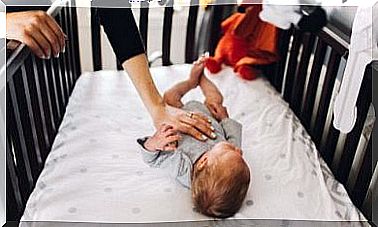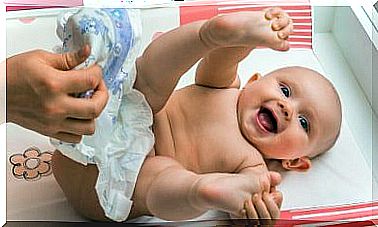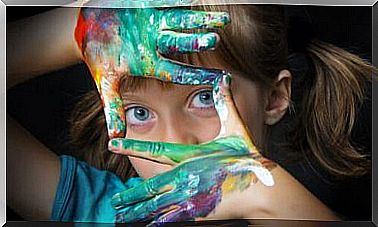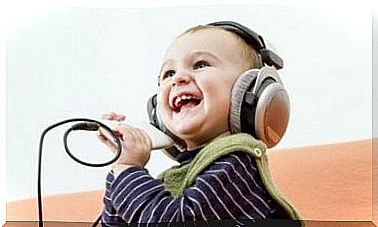Mixed Receptive-Expressive Language Disorder
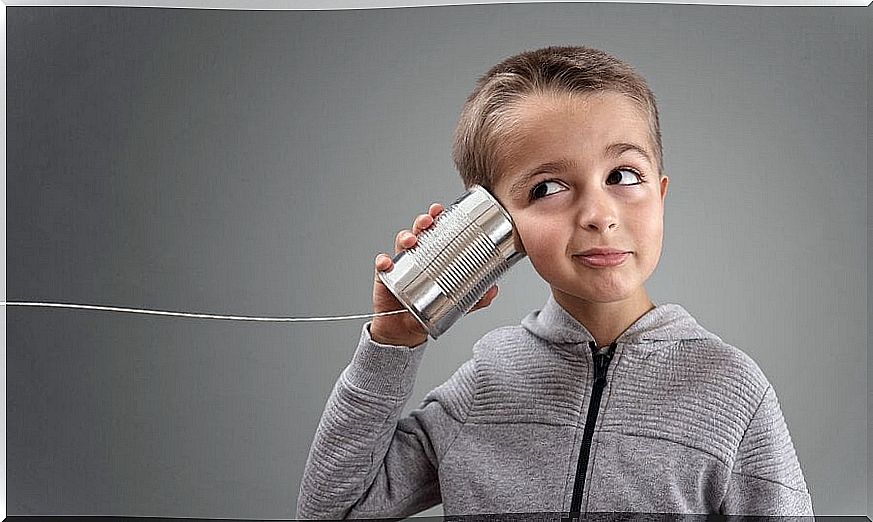
Mixed receptive-expressive language disorder is a condition that can affect children with some frequency. Currently, it is estimated that 1 in 20 young people have some type of language disorder. Its symptoms usually become visible after the age of three and must be treated with the help of specialized professionals.
To articulate our language, we need to develop our physical, cognitive, social and emotional capacities together. When one or more of these aspects cannot be developed optimally, language disorders arise, which can be receptive, expressive or mixed.
What is mixed receptive-expressive language disorder?
Expressive language disorder is associated with difficulties in conveying a message and making oneself understood socially. This does not necessarily imply an inability to understand the different stimuli that make up the verbal and body language of human beings.
In the case of receptive language disorder, it refers to problems in capturing and interpreting information offered by interlocutors through language. However, this does not prevent the child from developing a type of communication or expressing sounds to make himself understood.
In cases of mixed receptive-expressive language disorder, we see the sum of these two pictures. Children with this disorder find it difficult to understand the messages and also to express themselves through language.
Logically, the dynamics of communication will be very difficult, since dialogue is based on understanding and making oneself understood.
Causes of mixed language disorder in children
Unfortunately, it is common to confuse mixed disorders with developmental problems, but it is necessary to clarify that they are different things. While it is true that these disorders can be associated with autism spectrum disorders or with partial or total hearing loss, they are not the only cause.

On the other hand, language disorders can also be caused by damage to the central nervous system, which is called aphasia. And, in some diagnoses of mixed receptive-expressive disorder, anterior brain damage may be seen.
It is often not possible to identify the specific cause of mixed language disorder in children. In such cases, one usually speaks, in medical terms, of a language development disorder.
Early signs of the disorder
Symptoms usually start in childhood, when our body is in full physical and mental growth phase. Language development, in most children, occurs in a completely natural way.
As we have already mentioned, the first noticeable signs of language disorders usually appear after the age of three in children. When we talk about mixed disorders, they can include one or more symptoms characteristic of receptive and expressive disorders.
What are the symptoms?
Below, we will summarize the most common symptoms of mixed receptive-expressive disorder in children:
- Difficulty understanding or following instructions that are transmitted mainly through verbal language.
- Trouble organizing and summarizing thoughts or emotions into coherent sentences.
- Learning difficulties : children with mixed language disorder usually have learning problems, as the transmission of knowledge is mainly based on communication.
- The consequence of difficulty learning can be reflected in poor performance in school, a lack of interest in going to school, and a lower level of intellectual progress than other children.
- Deviations in the structuring of sentences in different intensities. Some children may formulate very short and incomplete sentences to try to express themselves; others may formulate sentences with little connection between the components, which are difficult to understand.
- In some cases, it is also possible to observe a difficulty in maintaining the agreement of verb tenses – present, past or future.
- Another symptom is so-called ‘language addictions’ : for example, muttering a few words repeatedly or ‘echoing’ while speaking. There is also the case of repeating an onomatopoeia many times; which indicates a difficulty in finding the words to build a sentence.
- Difficulties in social integration. Although socialization difficulties are not direct signs of this disorder, they are usually the result of other symptoms.
- A child who has problems communicating will also face integration difficulties with other children. In some cases, it is observed that the difficulty of social integration also leads to behavioral problems or depression.

Treatment of mixed receptive-expressive language disorder
The treatment of mixed language disorder in children requires the help of a specialized professional. In general, speech therapy is the preferred method to treat it.
So, as we can see, it is very important that parents are not ashamed or afraid to consult a pediatrician; indeed, it will be necessary to have the support of a psychologist or psychotherapist specializing in childhood language disorders.

